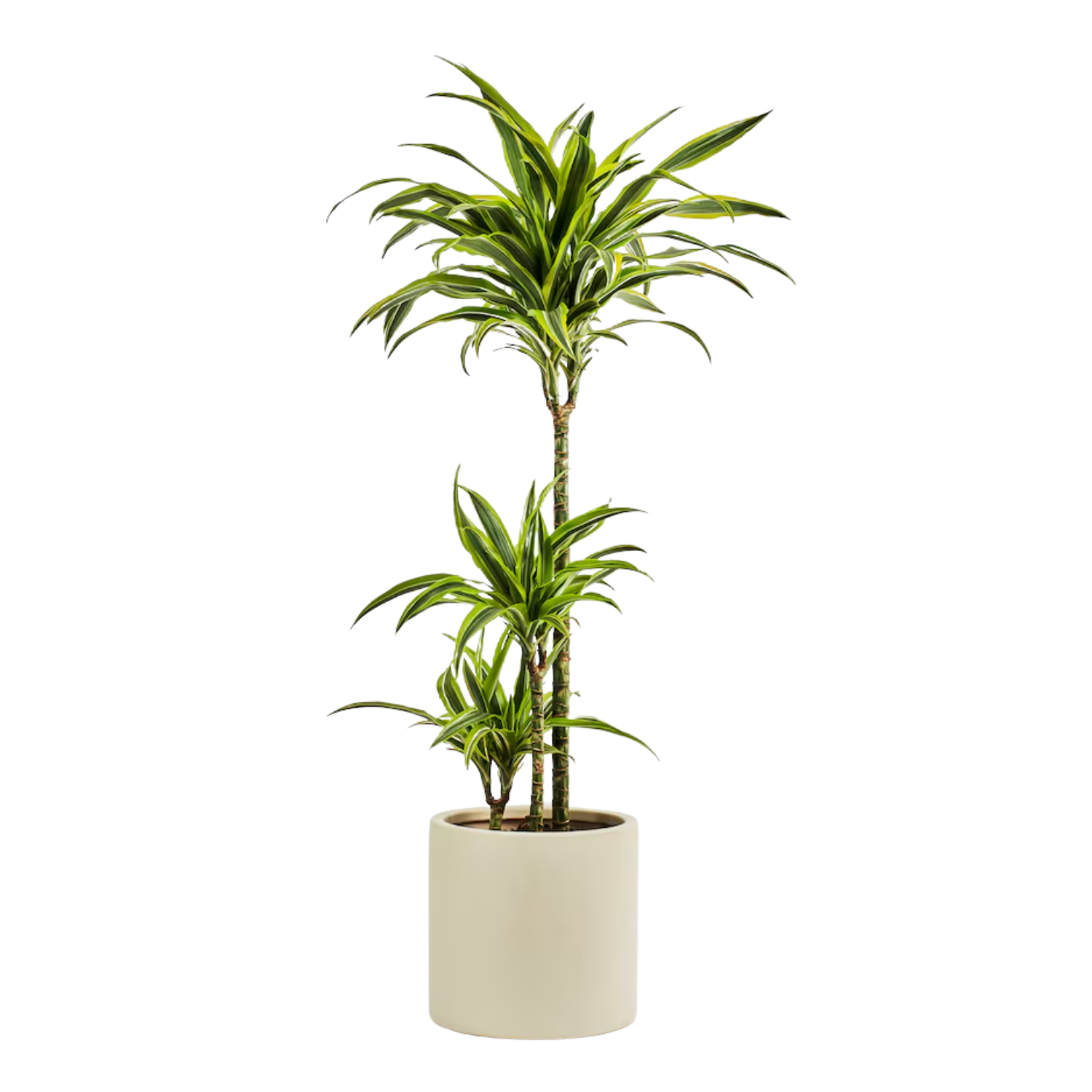How an Architect Transformed His Home Into a Biophilic Oasis With Over 60 Plant Varieties — Even Climbing Across the Ceiling
Take a tour of this jungle-like home, with plants everywhere the eye can see
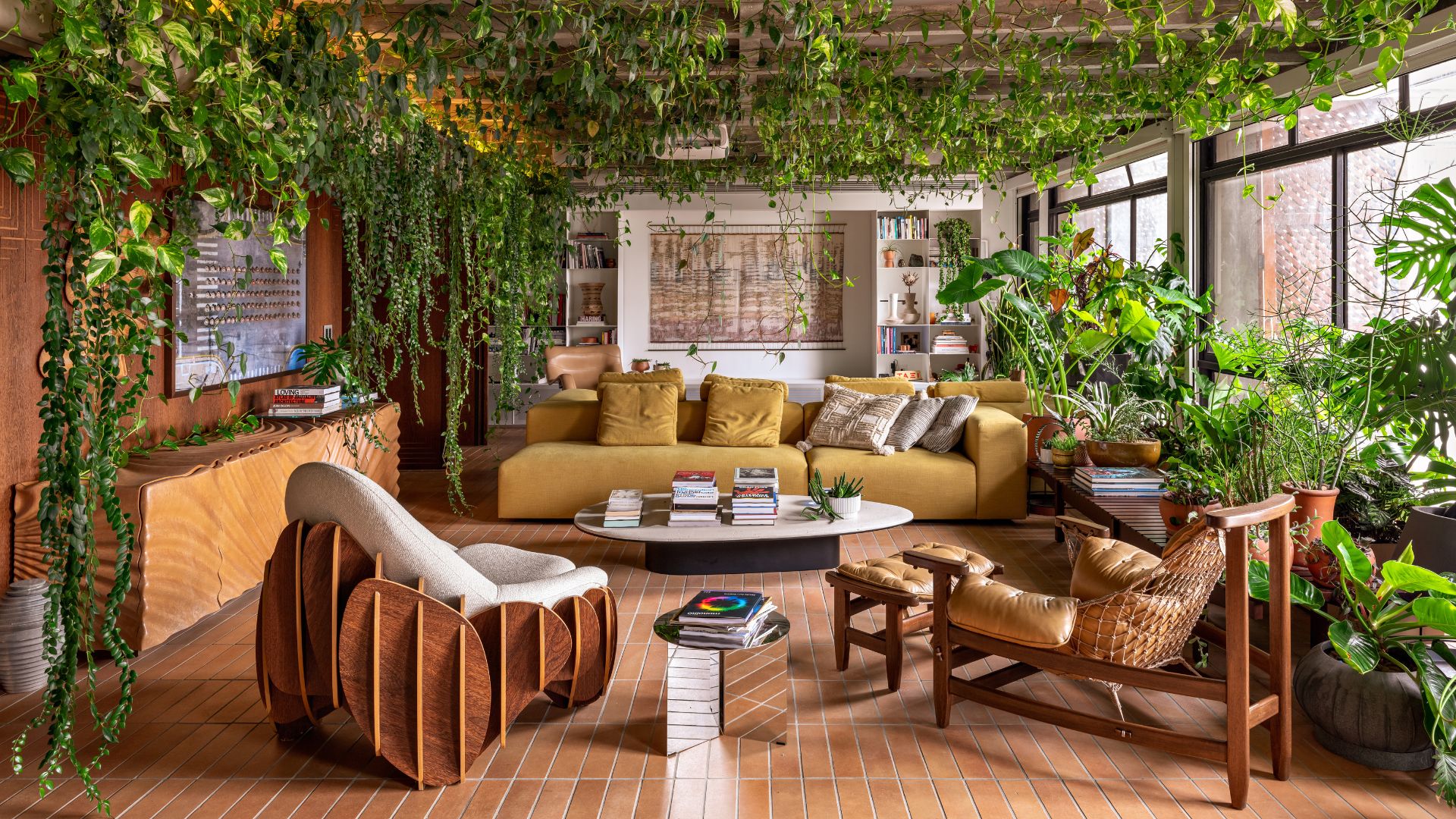

As the world outside continues its unfortunate and constantly fought transition into a concrete jungle, there's a void of verdure that we're struggling to satisfy. And so comes the re-emergence of tranquil biophilia-bound homes in 2025.
Take Brazilian architect Guto Requena, for example. Stepping into his beautiful home in São Paulo is like stepping into an indoor sanctuary embraced by biophilic interior design, filled with indoors plants. They're even creeping across the ceiling.
As far or as close as this gorgeously green home may be from you and me, Guto has opened the doors to his flourishing haven for us.
Guto Requena's São Paulo Biophilic Home
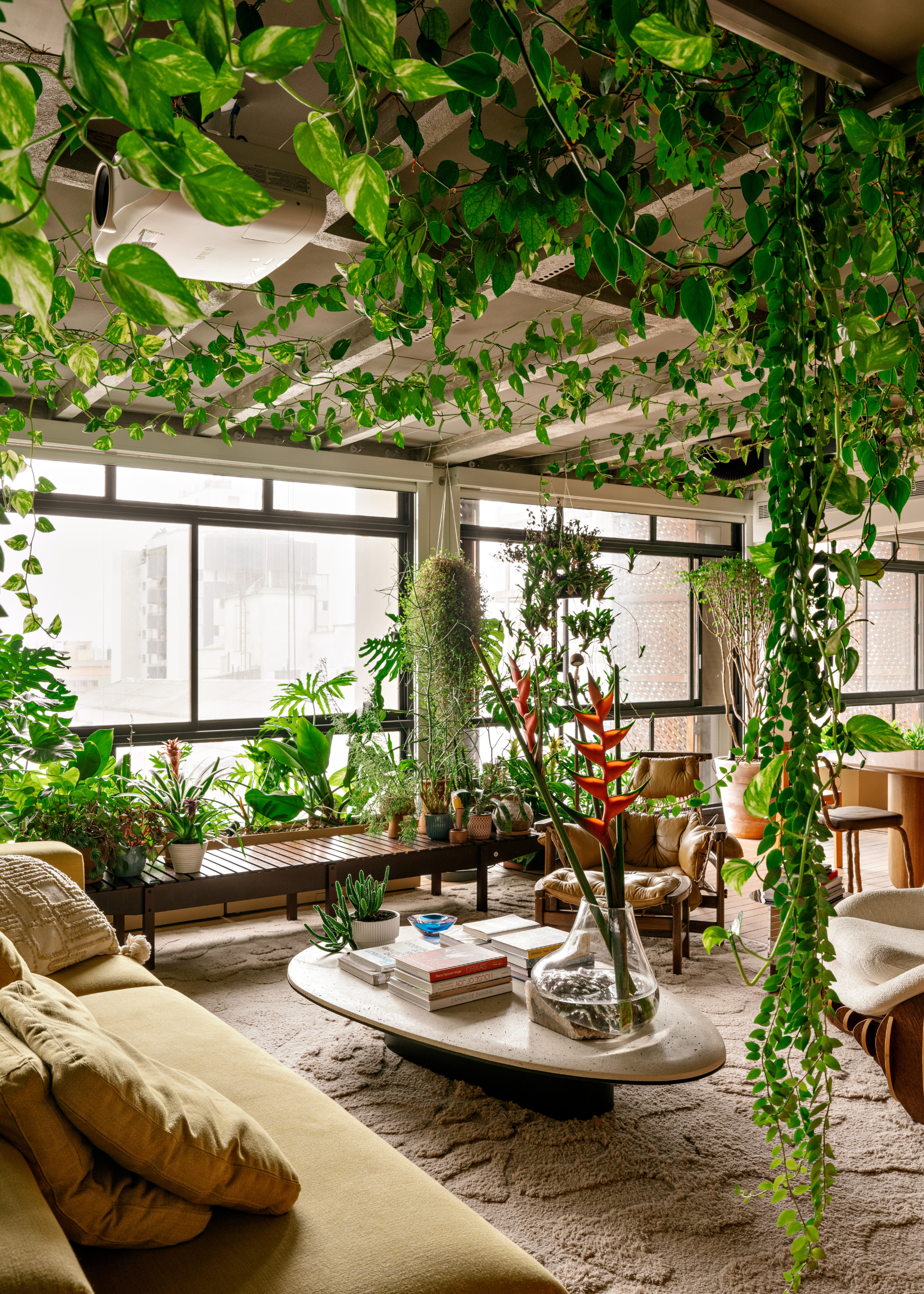
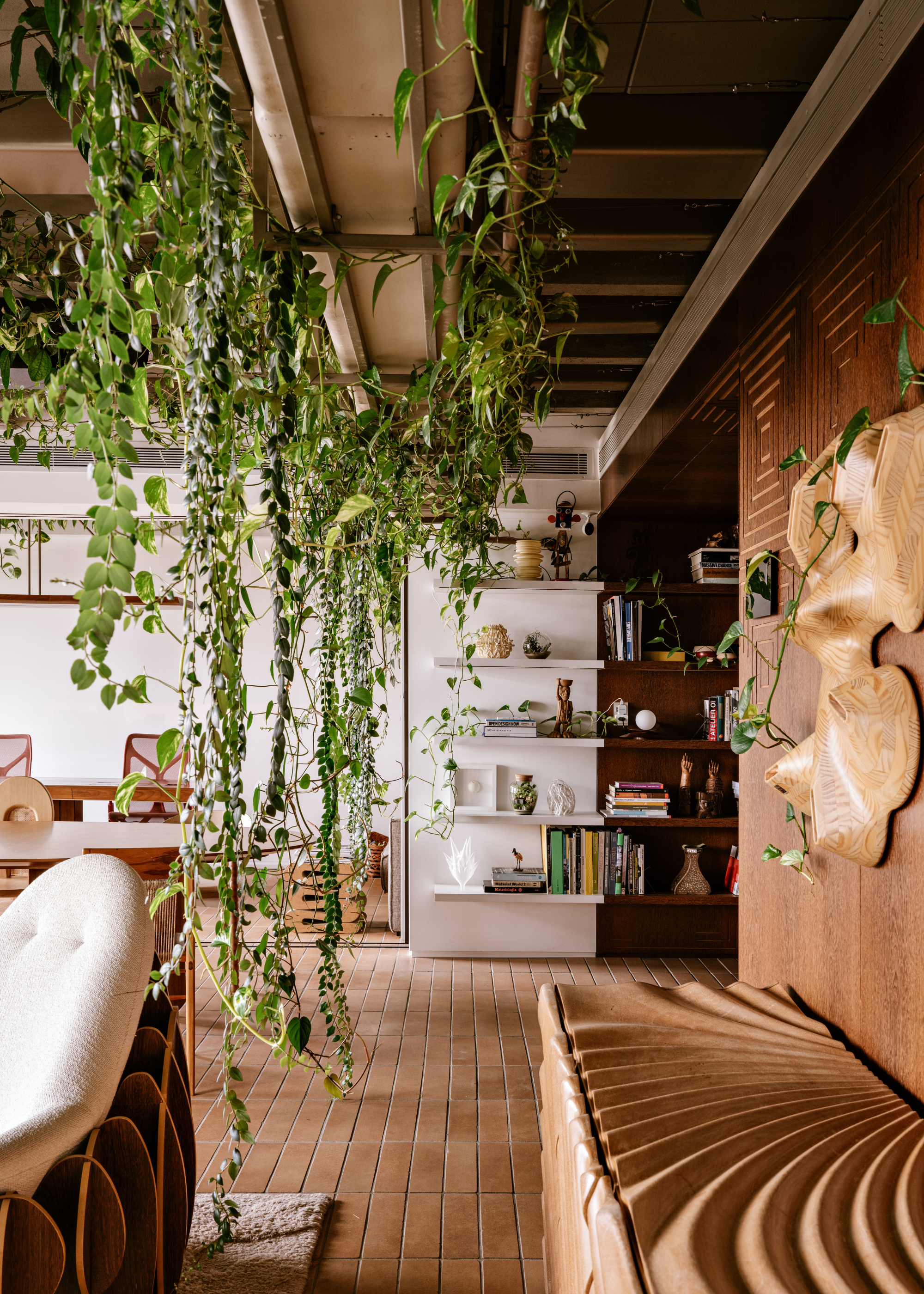
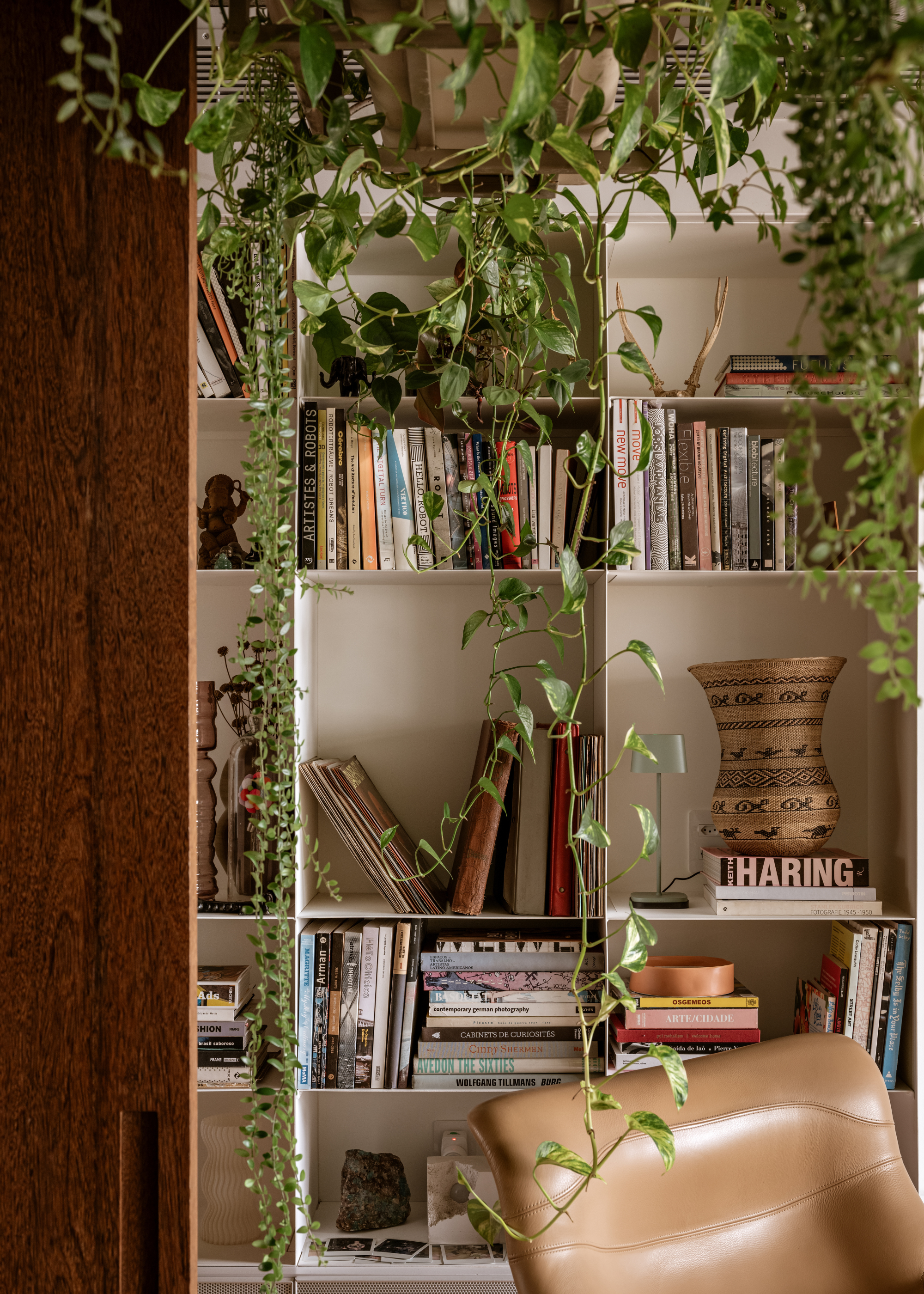
Nestled in tropical São Paulo is architect Guto Requena's vine-clad home that features whispers of the city's architectural richness in tandem with a forest of houseplants that simultaneously bring the space to life, while lulling the home into a sense of quiet serenity.
"The apartment is part of a larger 15-year research project I'm doing on the impact of up-and-coming digital technologies at work in the house," he says. "Along with an additional focus on how biophilic design has a major wellness impact on our lives."
And although eco-Brutalism is having a moment in design, I find myself gravitating towards the holistically earthy aesthetic, warming this green home. Guto tells me that there are around 60 plant varieties growing across the expanse of his home.

Brazilian architect Guto Requena creates projects through the use of digital technologies, guided by sustainability, aiming to offer innovative and effective experiences, from products to interiors, buildings, master plans, and interactive installations. Based in São Paulo and Lisbon, Estudio Guto Requena received national and international awards. Guto is a guest professor at Université Paris Sorbonne, and he has been lecturing and teaching internationally. He creates, writes, and hosts TV and streaming shows about architecture and design. Guto collaborates as a critic for magazines and newspapers, and in 2019, he published his first book, 'Hybrid Habitation - Subjectivities and Home in the Digital Age’.
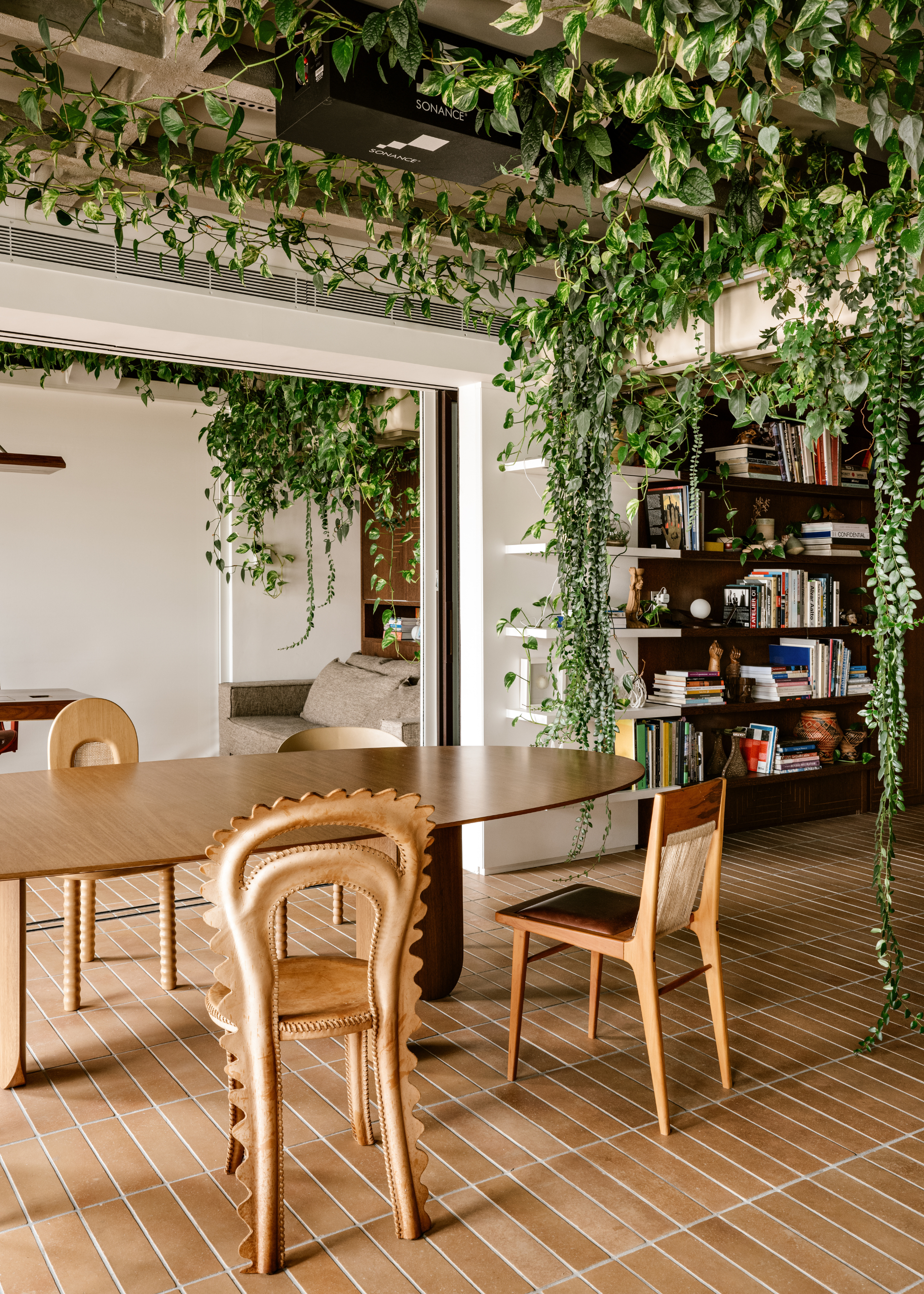
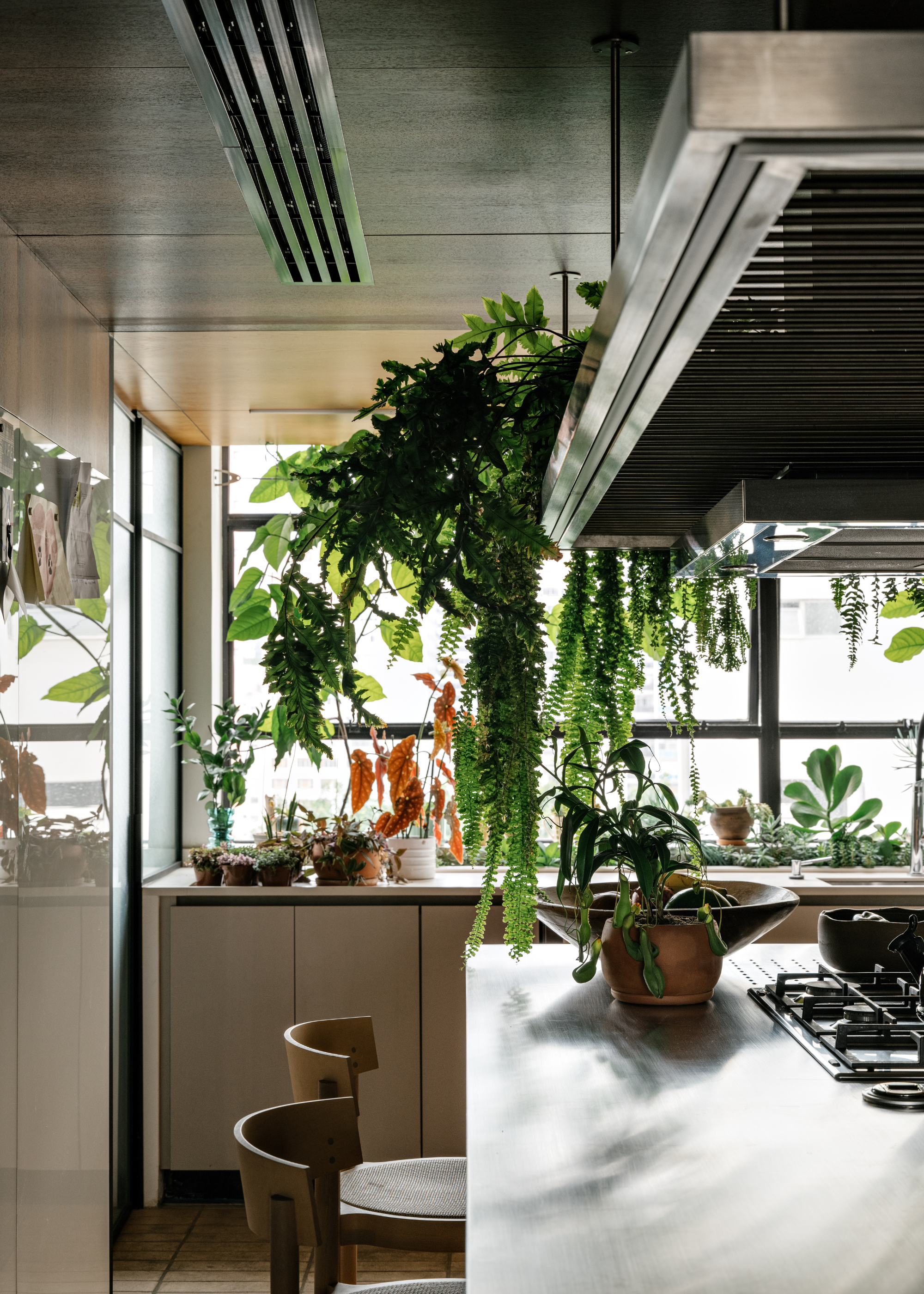
Even a humble indoor garden collection can be tough to take care of, but Guto explains that everything in the house is well connected, including the plants. "There is a sophisticated system that waters the plants daily," he explains.
Be The First To Know
The Livingetc newsletters are your inside source for what’s shaping interiors now - and what’s next. Discover trend forecasts, smart style ideas, and curated shopping inspiration that brings design to life. Subscribe today and stay ahead of the curve.
And it always helps to keep on top of a houseplant care schedule when you have varieties that you adore in bloom. A favorite? "For me, it has to be 'lagrima de Cristo'," he shares. "Also known as bleeding-heart vines, they are native to my neighborhood and offer beautiful little flowers."
These whimsical vines are one of the more underrated fairy-tale garden plants, but with Guto's home being living proof, I'm now inspired to bring a touch of that storybook magic indoors too.
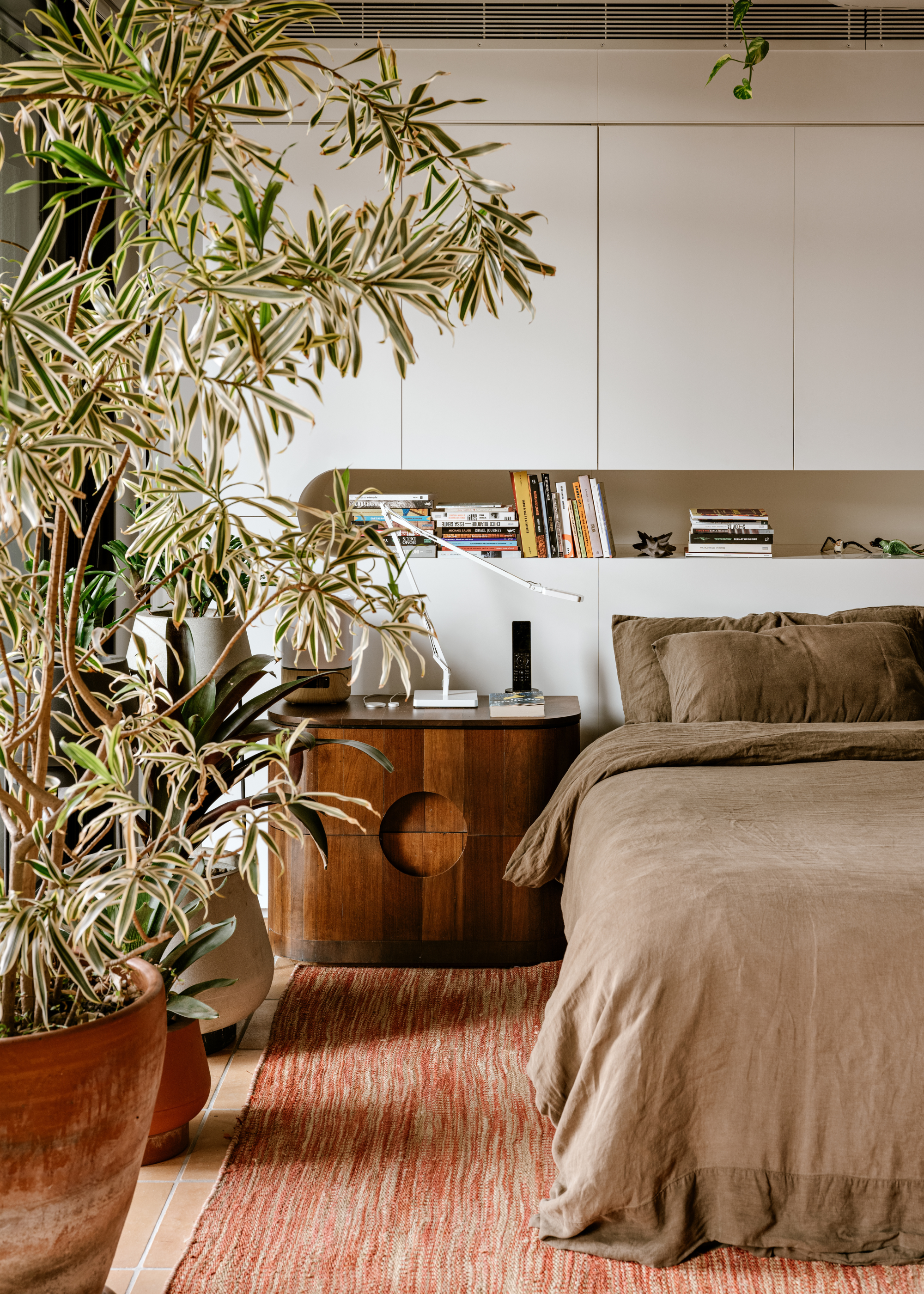
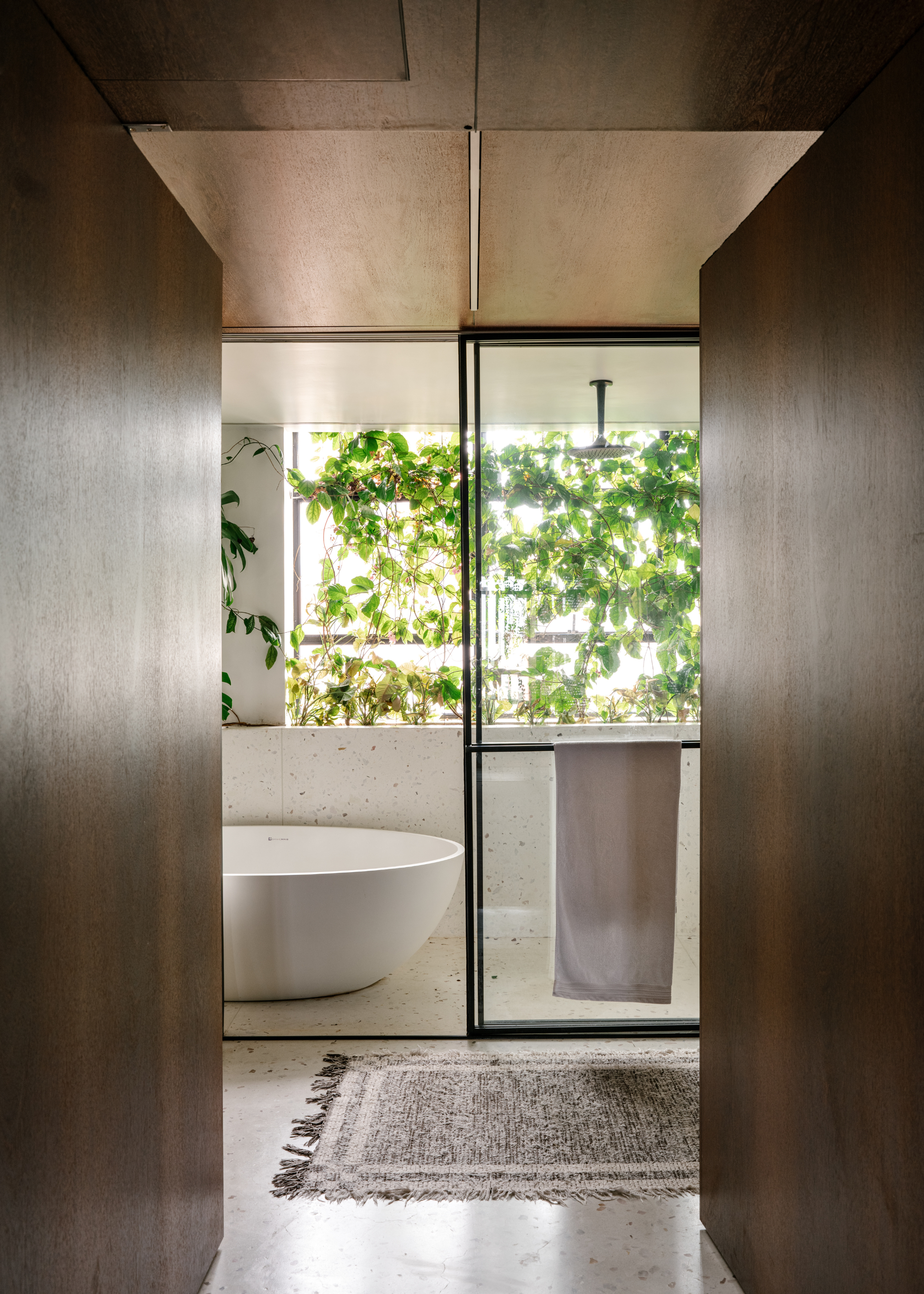
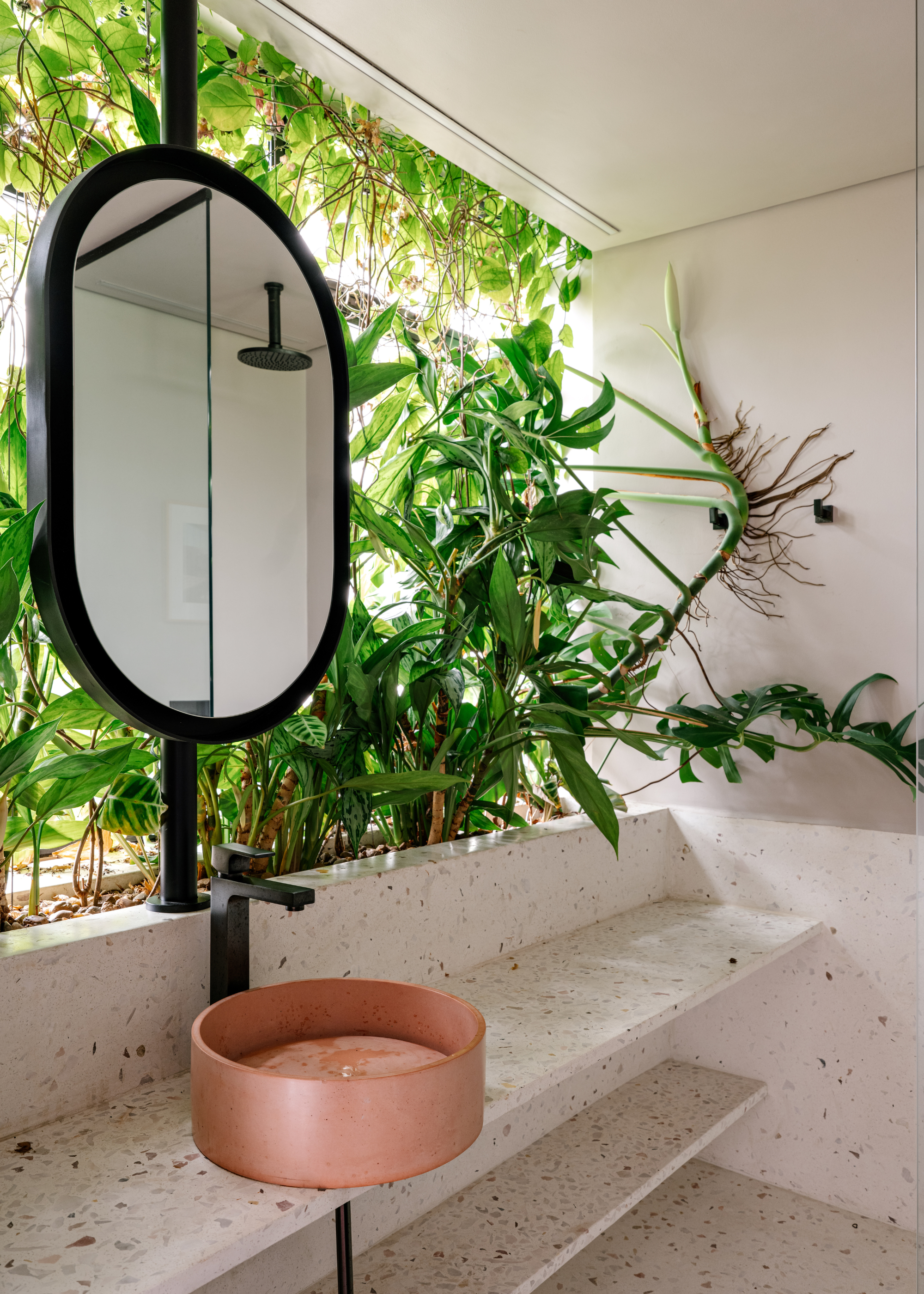
It can be tough to execute as verdant a vision as this without a plan in place. And the project's landscape architect, Juliana Freitas, tells me that she had a blueprint for every glossy leaf and cheery blossom meant to adorn the home.
"We specified approximately twelve distinct plant species for the suspended planter boxes, including trailing varieties such as columnea and peperomia," she notes. "As well as climbing species like philodendron, cissus, and clerodendron, which are supported by a network of steel cables and extend across the entire ceiling of the room.
"For the floor-mounted containers, integrated into the interior design to form a cohesive botanical composition throughout the apartment, we selected a diverse range of species from the araceae and bromeliaceae families, along with native Atlantic forest trees such as plinia cauliflora (jabuticaba) and eugenia brasiliensis (grumixama)."

JULIANA FREITAS PAISAGISMO has existed since 2000 and has important projects and partnerships with renowned Brazilian architecture and urban planning professionals under its belt. At the head of the office is Juliana, as an architect, urban planner, and founding partner of the company, with a resume full of awards and well-recognized professional experiences.
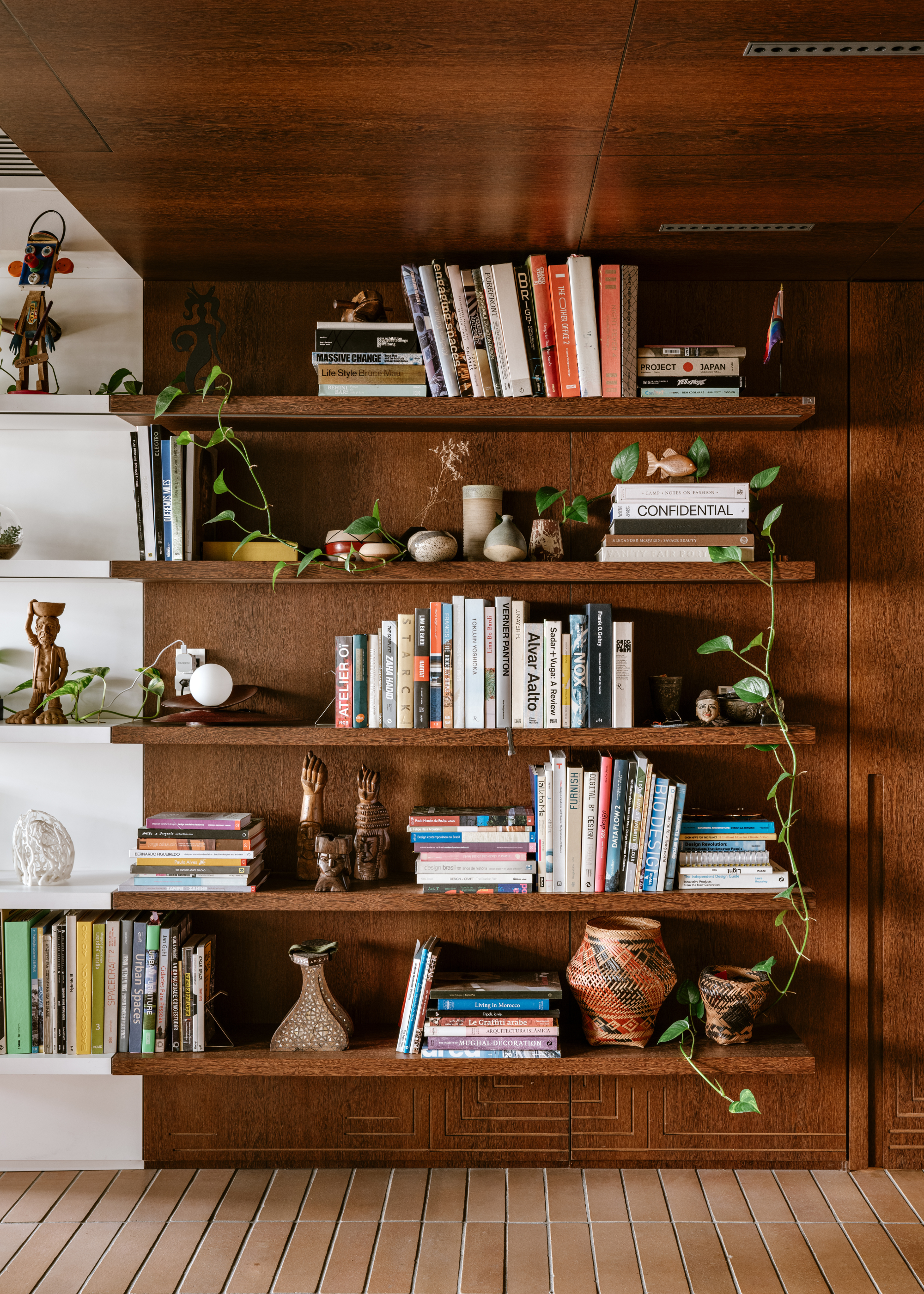
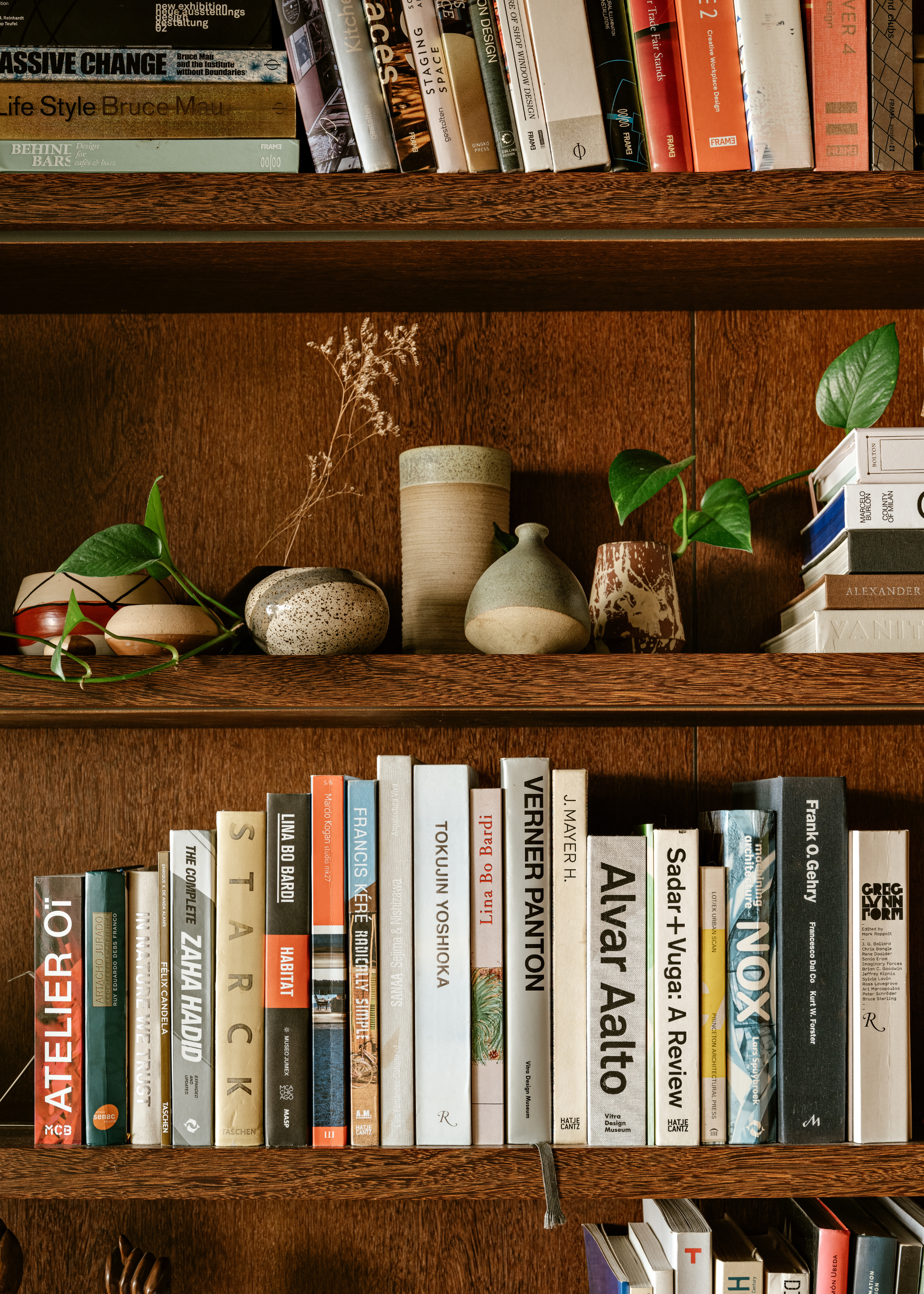
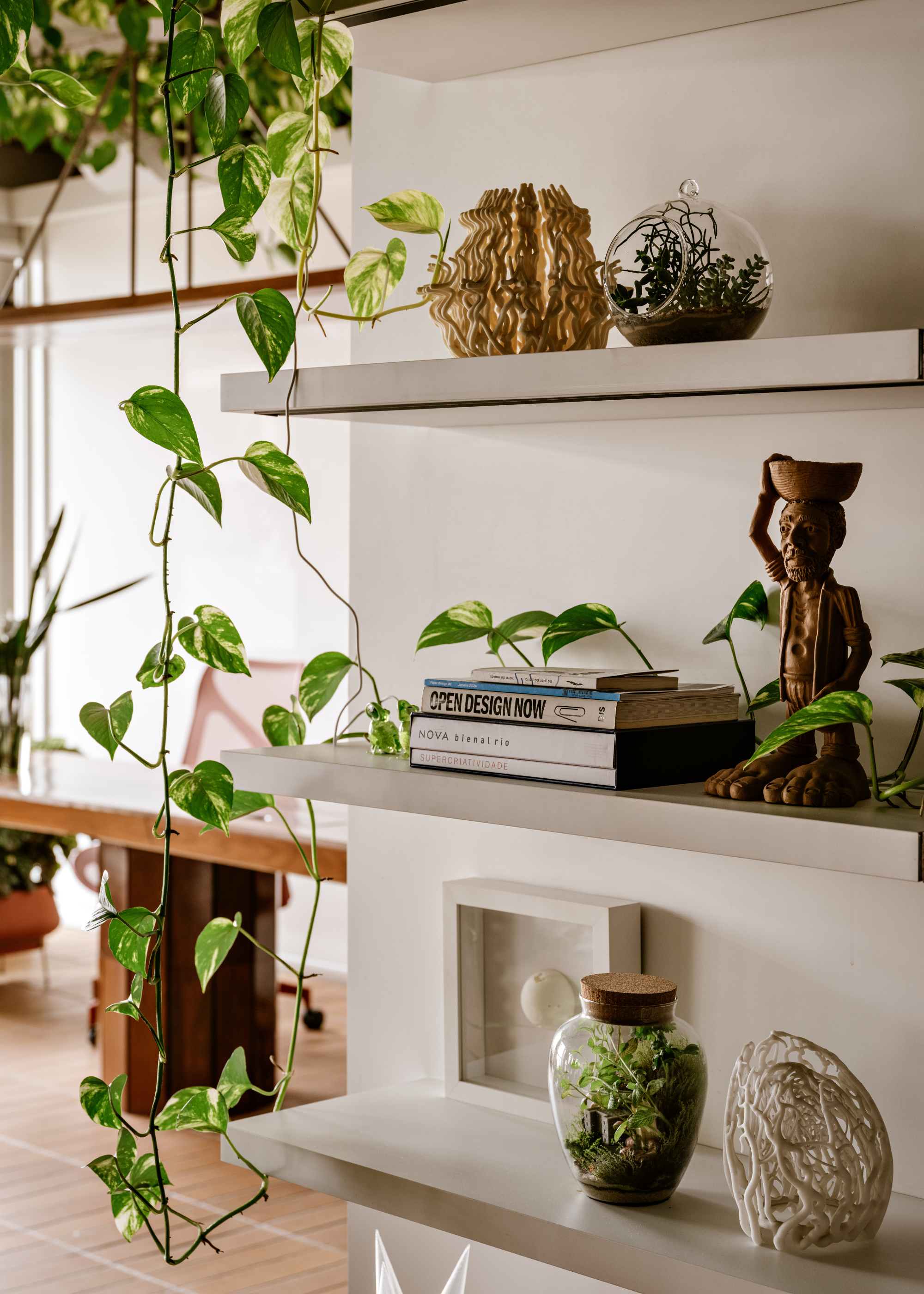
One of my favorite markers of subtle biophilia includes the home's bookshelf plants. Meanwhile, Juliana finds her favorite interior garden feature in the form of the grumixama tree, which produces a fruit similar to a cherry.
"The tree’s architecture is particularly striking, with an imposing form and large, firm, dark green leaves with a glossy finish," she says. "The fruits are not only especially flavorful but also visually captivating — deep red in color, hanging elegantly from the branches.
"I also have a deep appreciation for araceae, a highly distinctive plant family characterized by remarkable leaf morphologies. Many species feature intricately shaped or lobed leaves, often with a sculptural quality. Some have large, ornamental foliage and display a surprising range of tones and colors, spanning from various shades of green to vibrant ruby reds, pinks, and oranges."
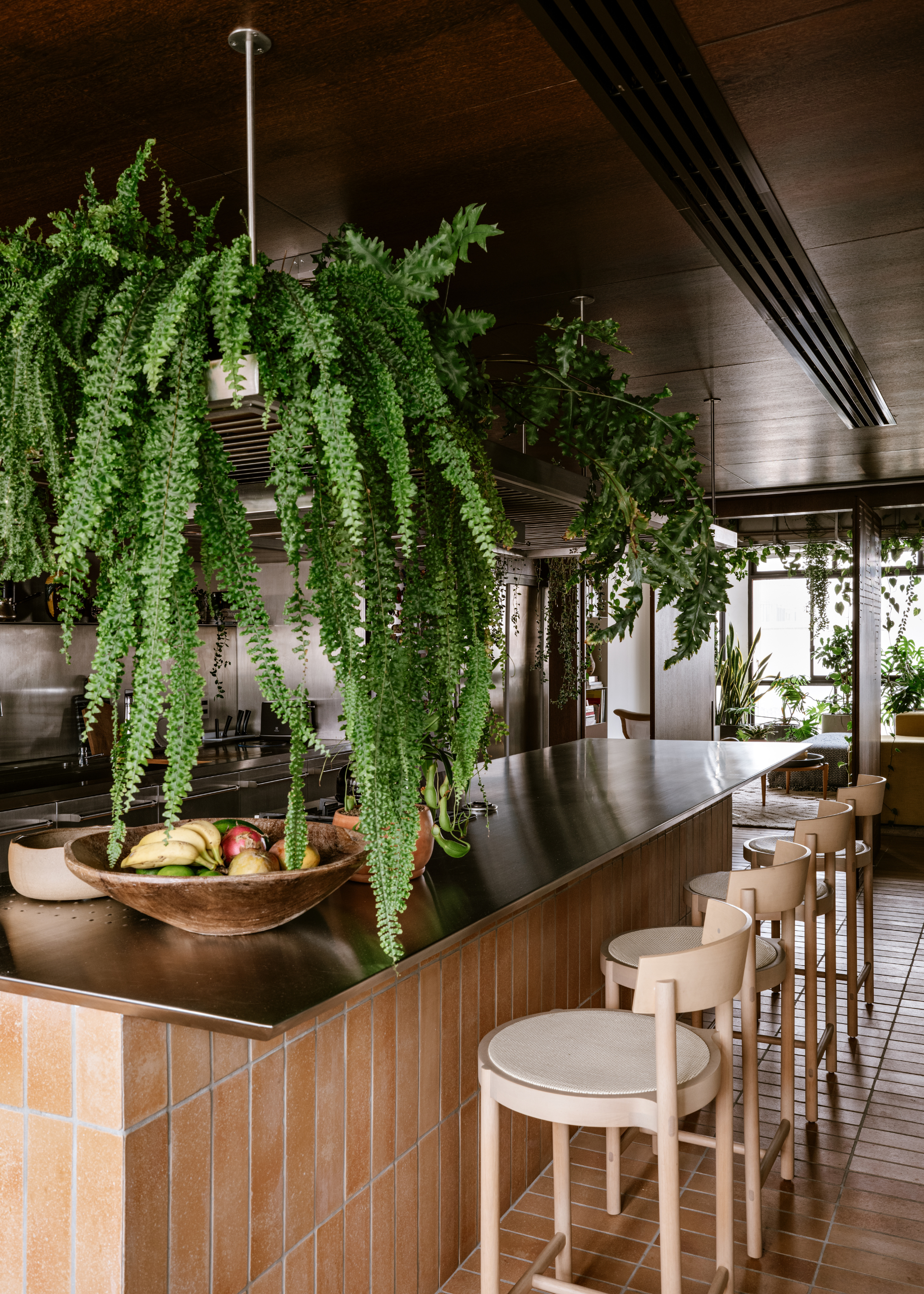
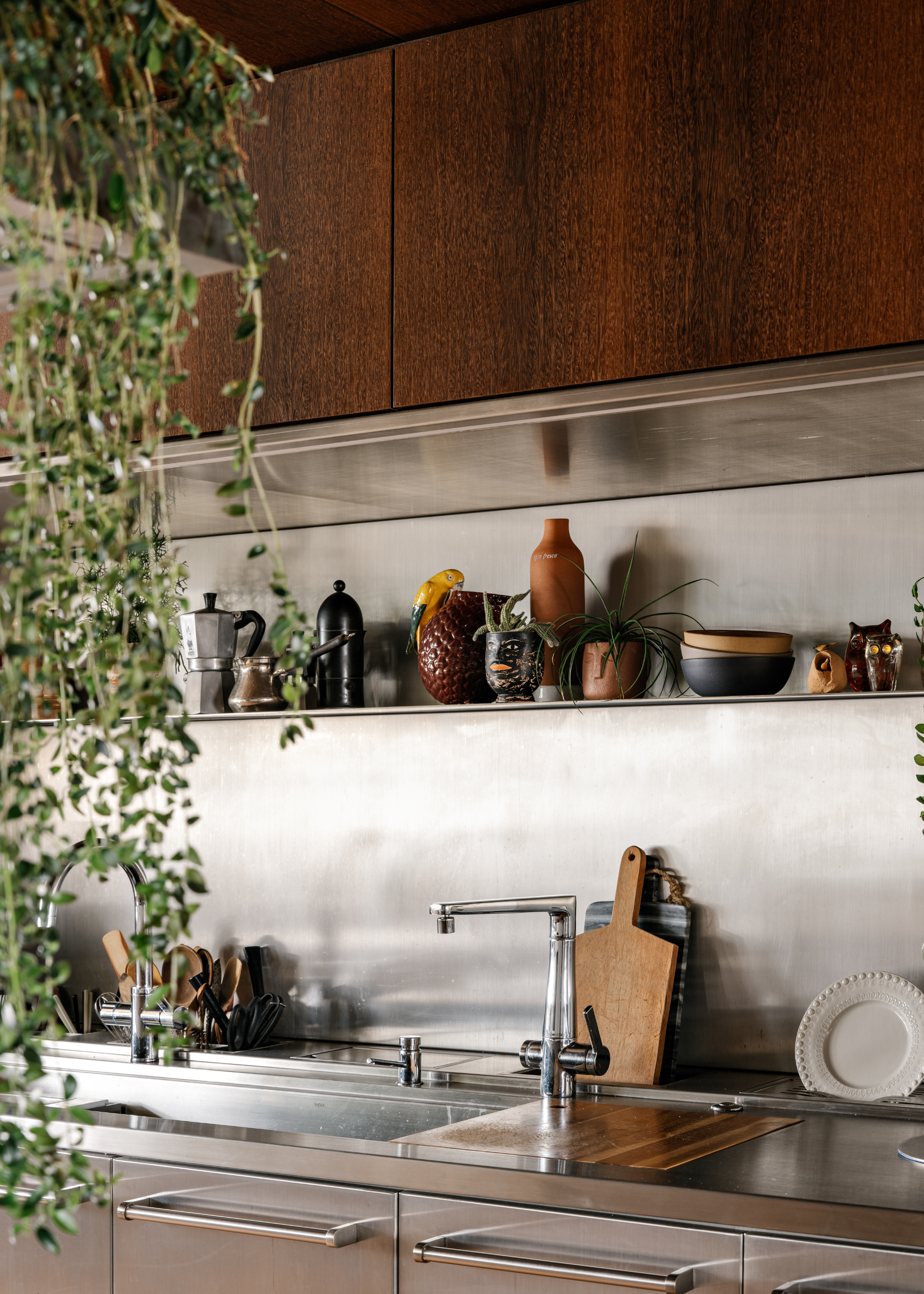
Guto and Juliana's focus and affection for native varieties reminds me of naturalistic planting and the need for supporting local plant species now more than ever before, both within and beyond the walls of every home.
Speaking to the return of biophilic design, Juliana says: "I understand that the challenges of urban living, the lack of direct contact with the natural world, and the cold, lifeless design approach that has dominated residential architecture in recent decades have collectively led us toward an unhealthy and purposeless way of life.
"I believe that reintroducing nature into our homes, through design strategies that restore our connection with the natural environment, is a powerful solution for reclaiming well-being and creating moments of peace within the often chaotic rhythm of city life."
She poetically states that: "the truth is that we begin to long for life itself, and nature constantly reminds us of what truly matters."
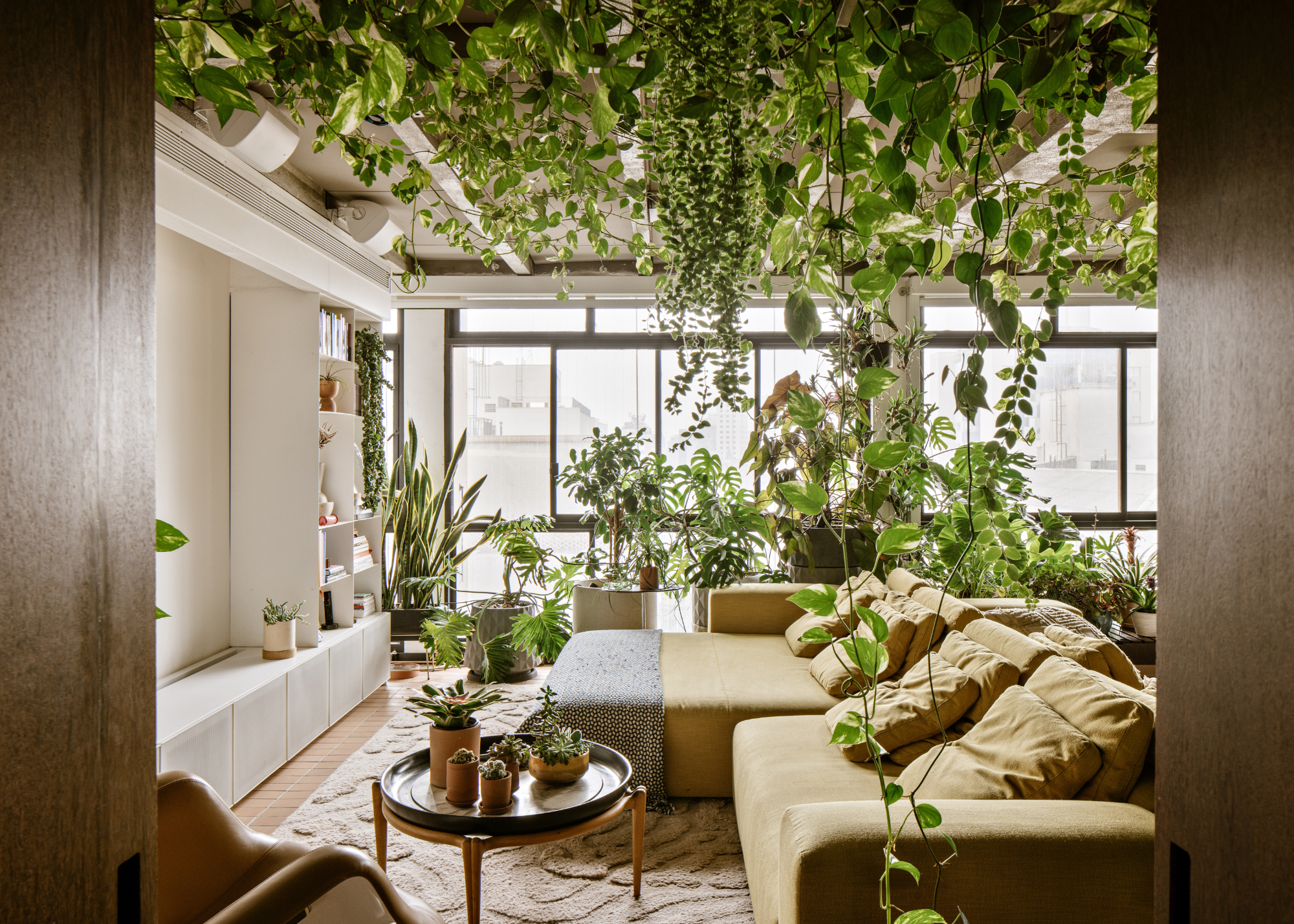
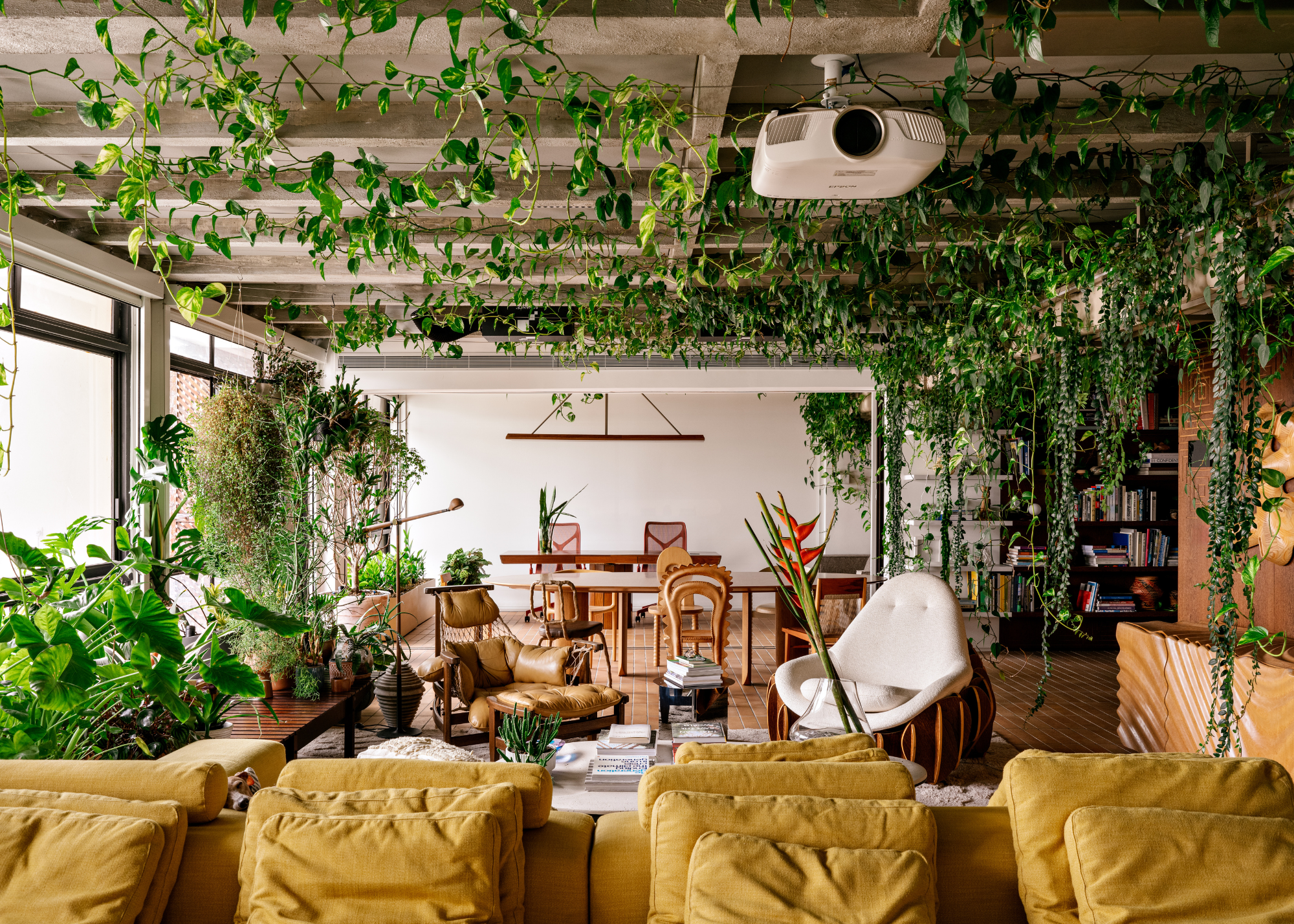
Guto also finds that biophilic design gracing homes like his is linked to the need for homosapien and flora to support each other once again, albeit one more than the other.
"I find that the biophilic design movement has re-emerged because we do need to spend more time being closer to nature," he says. "It helps balance our daily routines, and more importantly, it keeps you happier, definitely."
You can quite easily conclude that Guto, in collaboration with Juliana, has crafted a home that reflects this innate need, and if you ask me, the inviting aura weaving through each slice of his home is enough to convince me.
From the lush forestry overhead in the living room and the screen of growing greenery crocheted around the bathroom to the feathered leafage coursing through the kitchen, there's a blossoming garden at every glance.
And with it a reminder to sow that seed or adopt that plant for a home that's so much more in tune with the Earth, and in turn an ambiance that's unbeatably comforting without any frills.
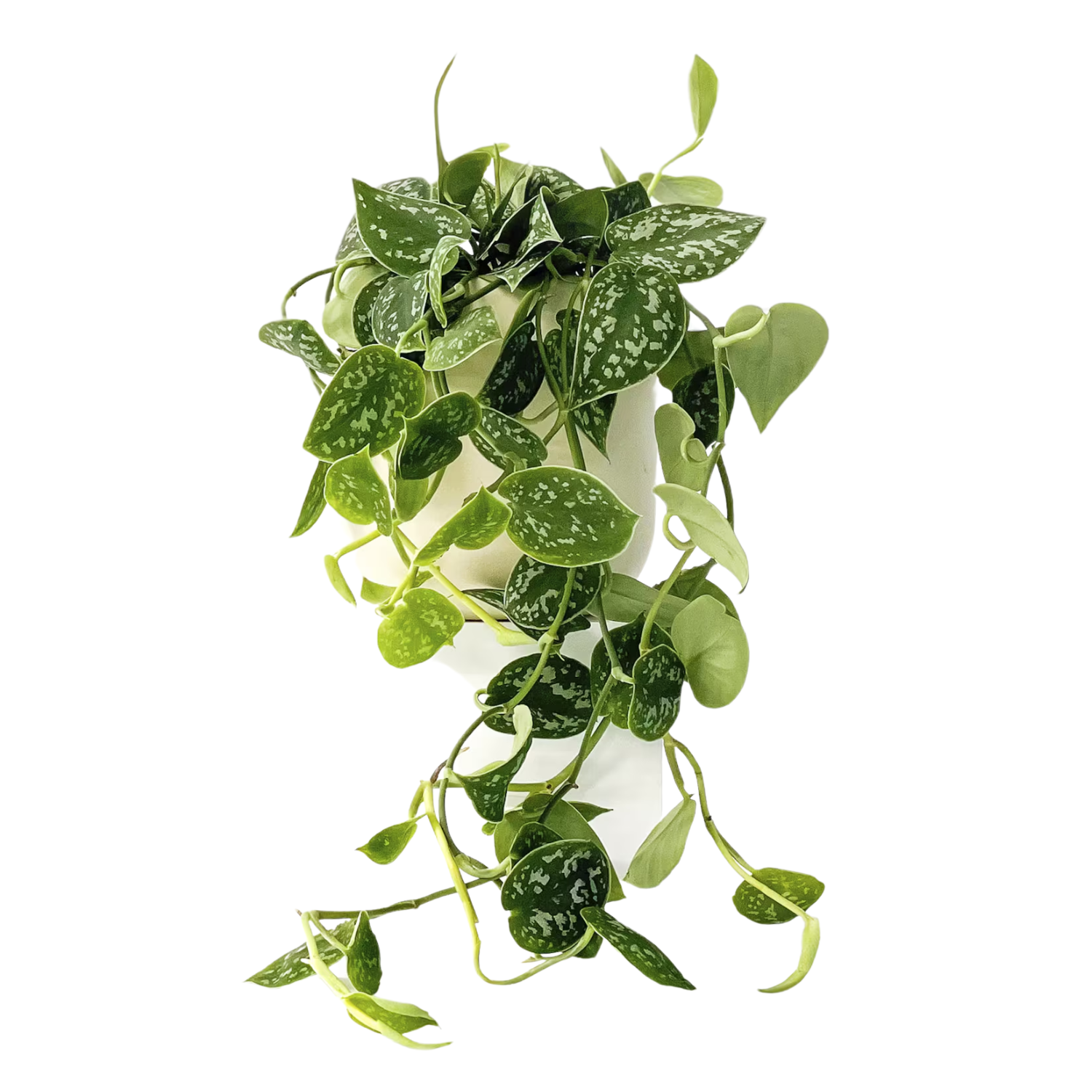
Size: 30 cm
If you're only just beginning to grow an interior garden, then I recommend adopting one of these Beard & Daisies Hanging Satin Pothos from H&M for a trusty trailing plant.
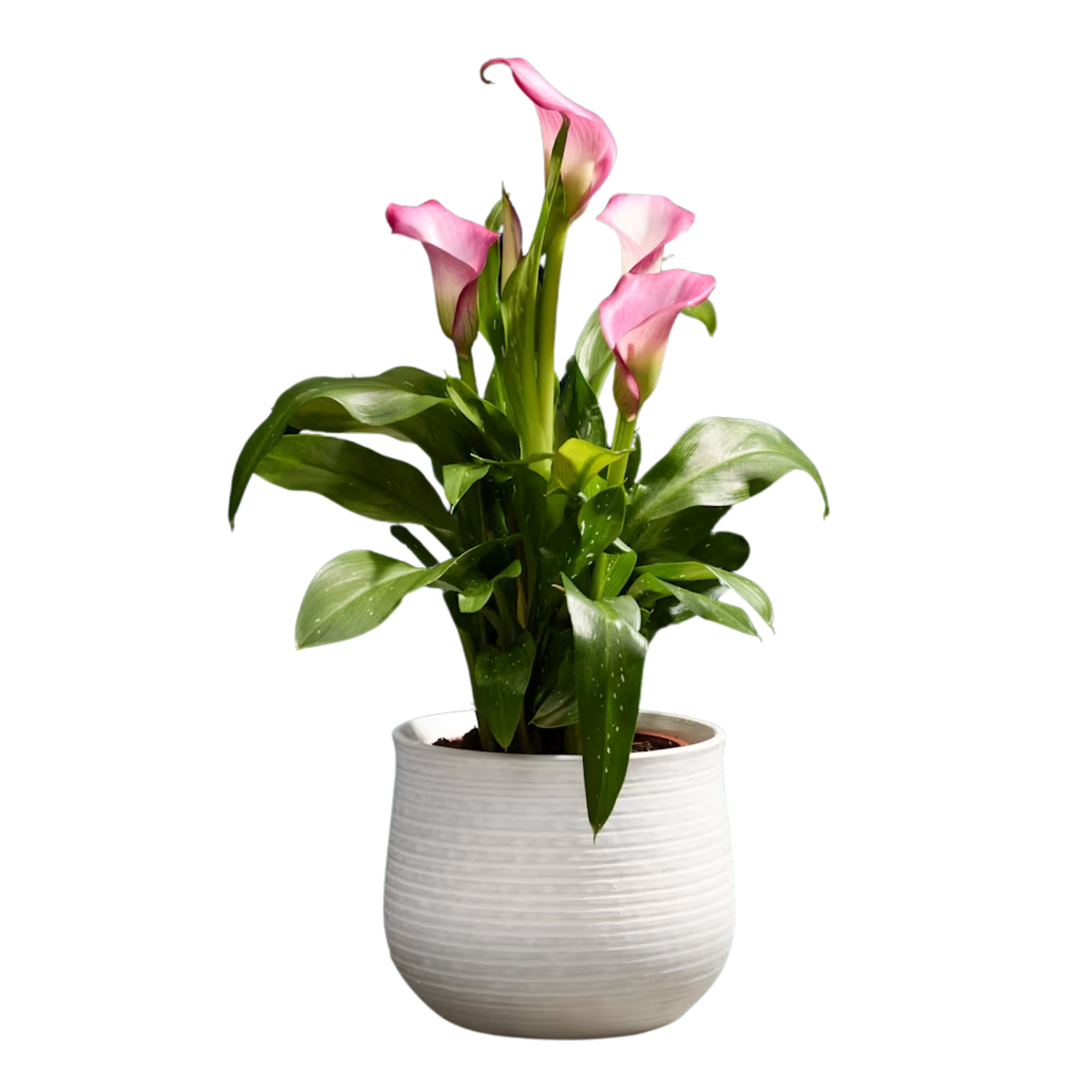
Size: 35 cm to 50 cm
If indoor flowering plants are more your vibe, you can't go wrong with this Calla Lily in a Ceramic Pot from M&S for pretty pink flowers and glossy green leaves.
If you have an eye for organic interior aesthetics like Guto and Juliana, I recommend starting small with a couple of beginner-friendly, low-maintenance indoor plants. And eventually, you can move on to the bigger leagues by styling the likes of trendy anthuriums and striking bird of paradise.
Plus, another great way to tap into this style is to practice biophilic decluttering. Slowly but surely, you'll find your home transforming before your eyes into an urban jungle that calms your mind and soothes your sight.

Amiya is a Home Wellness Writer at Livingetc. She recently graduated with a Masters Degree in Magazine Journalism from City, University of London, and has lent her words to beauty, fashion, and health sections of lifestyle publications including Harper’s Bazaar and Women’s Health. Her experience as a research analyst has equipped her with an eye for emerging trends. When she’s off the clock, she can be found reading, listening to music, or overanalyzing her latest Co-Star update.
-
 The Weighted Blanket That Doesn’t Make You Sweat (and the Eye Mask to Match)
The Weighted Blanket That Doesn’t Make You Sweat (and the Eye Mask to Match)Luxury has weight. And apparently, volcanic minerals
By Julia Demer
-
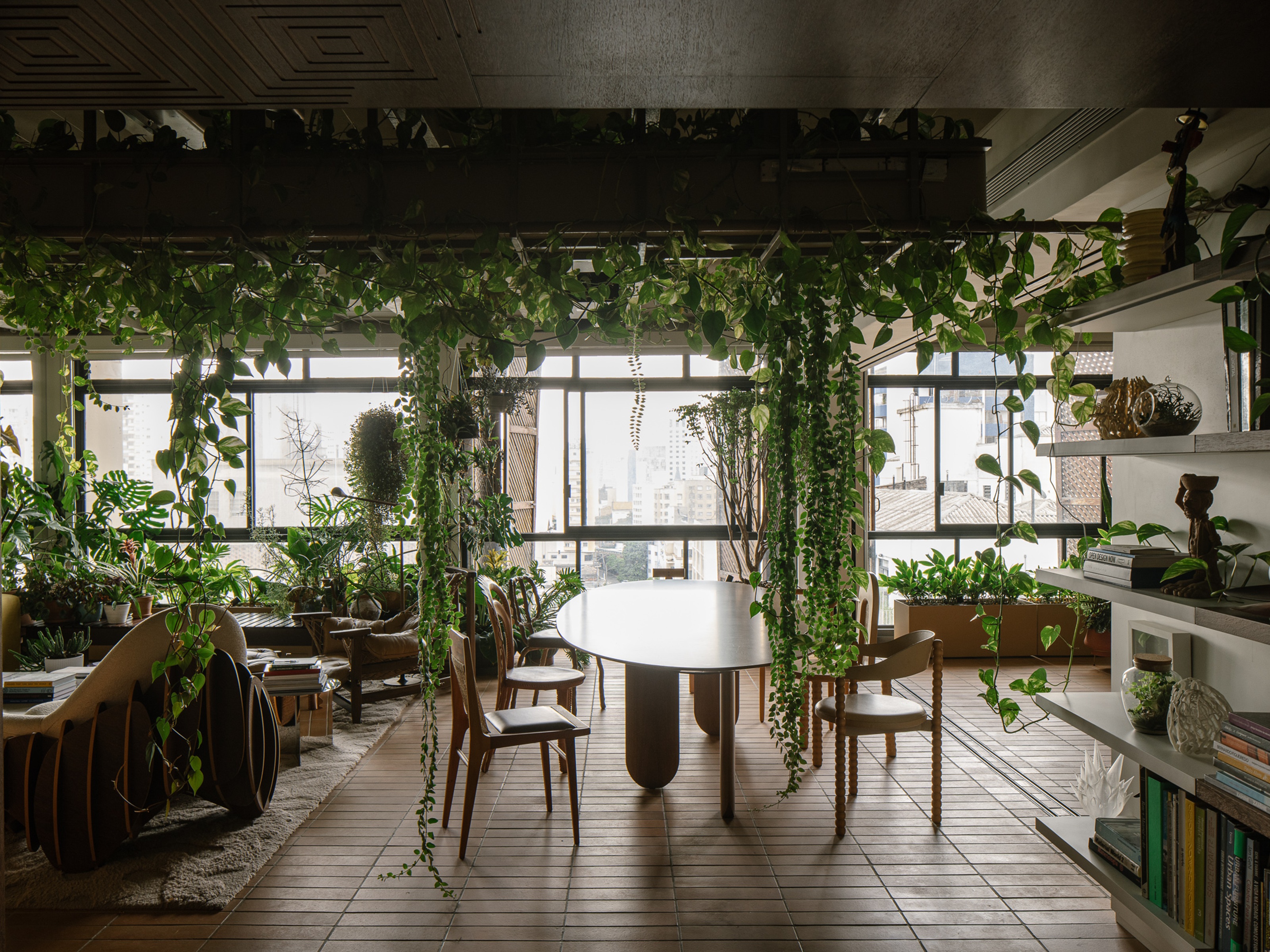 What Is Biophilic Interior Design? I'm an Actual Biophilic Designer, and This Is How to Apply It to Your Home
What Is Biophilic Interior Design? I'm an Actual Biophilic Designer, and This Is How to Apply It to Your HomeA biophilic designer explains the core principles of this practice, and the easy ways you can apply it to your home's design
By Marianna Popejoy
